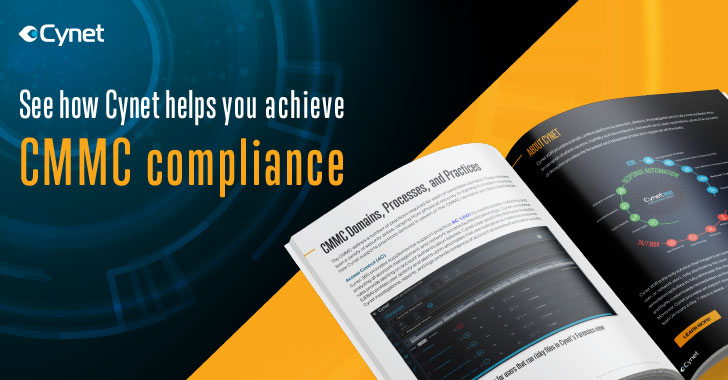For organizations that deal with the defense infrastructure – cybersecurity is more than just a buzzword.
Recently the US Department of Defense (DoD) created a new certification process – the Cybersecurity Maturity Model Certificate (CMMC) – to ensure that all its vendors and contractors follow established best cybersecurity practices.
For organizations that work along the DoD supply chain, this means adhering to a strict regulatory framework, which can be quite complex. For one, must ensure that cybersecurity processes and practices are aligned with the type and sensitivity of the information that needs to be protected.
Even though the model is tiered (from "basic cybersecurity hygiene" to "advanced"), organizations will expend a significant effort to ensure they align with the compliance level appropriate for their contracts.
This is why one XDR provider has created a new guide to demonstrate how it helps organizations achieve CMMC compliance (download the whitepaper here).
The company, Cynet, aims to simplify cybersecurity by reducing and consolidating the many tools required to protect organizations. In an increasingly complex regulatory landscape, organizations must remain agile while staying secure, and Cynet hopes to provide both in one package.
To help show how it does so, the company has created a whitepaper that shows how the company claims to help organizations meet CMMC standards at any level.
The company's support comes in multiple arenas, including:
- Protection across eight CMMC domains. This is the crux of the company's support. Cynet claims to help organizations meet several standards and practices that would place them immediately within a minimum of level 1 ("basic cyber hygiene") protection.
- Simplified security stacks. Instead of having to track and ensure compliance across a complex and often unconnected stack of security tools, Cynet's centralized administration means organizations can reduce their fault points.
- The platform's automation helps ensure compliance. Cynet claims that its automation capabilities mean that environments are much better protected from endpoint to network and can consistently remain compliant even in the face of changing threats.
To learn more, you can download the whitepaper here.


























